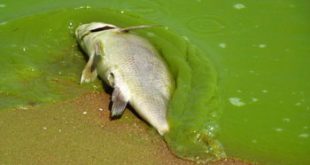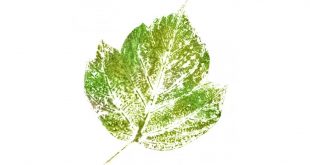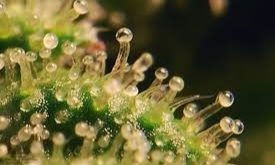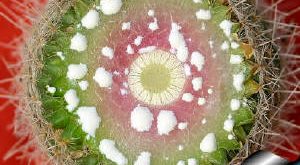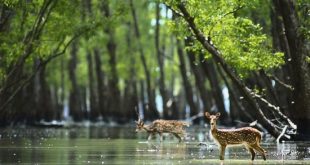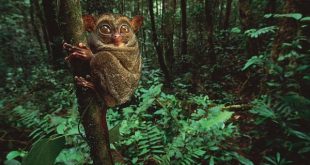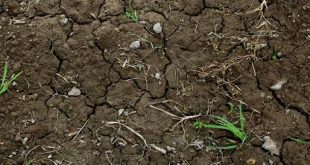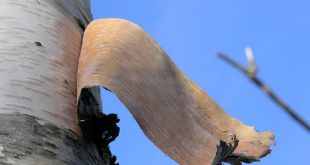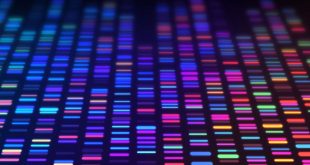Algal toxins are toxic substances released by some types of algae when they are present in large quantities (Blooms) and decay or degrade. These toxins are called ‘Phycotoxins’ (from Greek, phykos, “seaweed”; and toxikon, “toxin”). They are usually complex allelopathic metabolites produced by algal secondary metabolic pathways. These metabolites are (in most cases) not harmful to …
Read More »Leaf Traces & Pit Pairs
Strand of fluid-carrying vascular tissue extending from the main stem to the base of a leaf is Leaf Trace. Relatively thinner portions of the cell wall that adjacent cells can communicate or exchange fluid through are called Pits. In this article, Leaf traces and Pits will be discussed explicitly. Prolongations …
Read More »External Secretory Structures
External surfaces of the plant bear several secretory structures of epidermal origin or epidermal derivatives or emergences from deeper tissues (Kisser, 1958). These include Glands, Glandular Trichomes, Nectaries, Osmophores, Hydathodes etc. In this article, these external structures of plant will be discussed briefly. Trichomes and glands In some leaves and flowers, more or less …
Read More »Secretory Tissue: A Laticiferous Discussion
The tissues that are concerned with the secretion of gums, resins, volatile oils, nectar, latex and other substances are called Secretory tissues. These tissues are mainly divided into two groups: Laticiferous tissue. Glandular tissue. In this article, Laticiferous tissue will be discussed explicitly. Laticiferous tissue A laticifer is a type of …
Read More »Forests of Bangladesh
Though not much fossil evidence is available, studies indicate that extensive forest under tropical range existed in the tertiary period in parts of Bangladesh Even now, in a small land area, Bangladesh hosts four major types of forests: (a) Hill forests (mixed-evergreen forest), (b) Sal forest (deciduous forest), (c) Mangrove forest (natural mangrove), and …
Read More »Forest Ecology and Classification
Forest ecology is the study of all aspects of the ecology of wooded areas, including Rainforest, Deciduous and Evergreen, Temperate and Boreal forest. In this article, Definition of Forest and Classification of Major Forests of the World will be discussed in detail. Definition of forest According to Forest Resources Assessment, …
Read More »Soils of Bangladesh: Formation and Tracts
Because of being an ‘agricultural country’, soil has always been a matter of concern in Bangladesh. Despite being a small country, soils of Bangladesh shows huge varieties. There are many recognized and unrecognized causes of such varieties. Normally, due to a diverse nature of physiographic condition, land type, parent materials …
Read More »Bark and Lenticel: A Brief Discussion
The bark is the outermost covering of stems and roots of woody plants (especially trees) and is composed of periderm, cortex, and phloem. A lenticel is a porous tissue consisting of cells with large intercellular spaces in the periderm of the secondarily thickened organs and the bark of woody stems and roots …
Read More »Organization & Structure of Genome: Genome Size
The sum of all genetic material of an organism including coding regions, non-coding regions, chloroplast DNA, mitochondrial DNA is called the genome of that particular organism. The study of the structure and function of the genome of an organism is called Genomics. Generally, it can be of three types. Functional …
Read More »Soil Environment
Soil is defined differently by soil scientists, and its definition has changed overtime. Since the year 1800, there have been more than 80 different definitions of soil available in literature. Generally, soil can be defined as the organic and inorganic materials on the surface of the earth that provide the …
Read More » Plantlet The Blogging Platform of Department of Botany, University of Dhaka
Plantlet The Blogging Platform of Department of Botany, University of Dhaka
